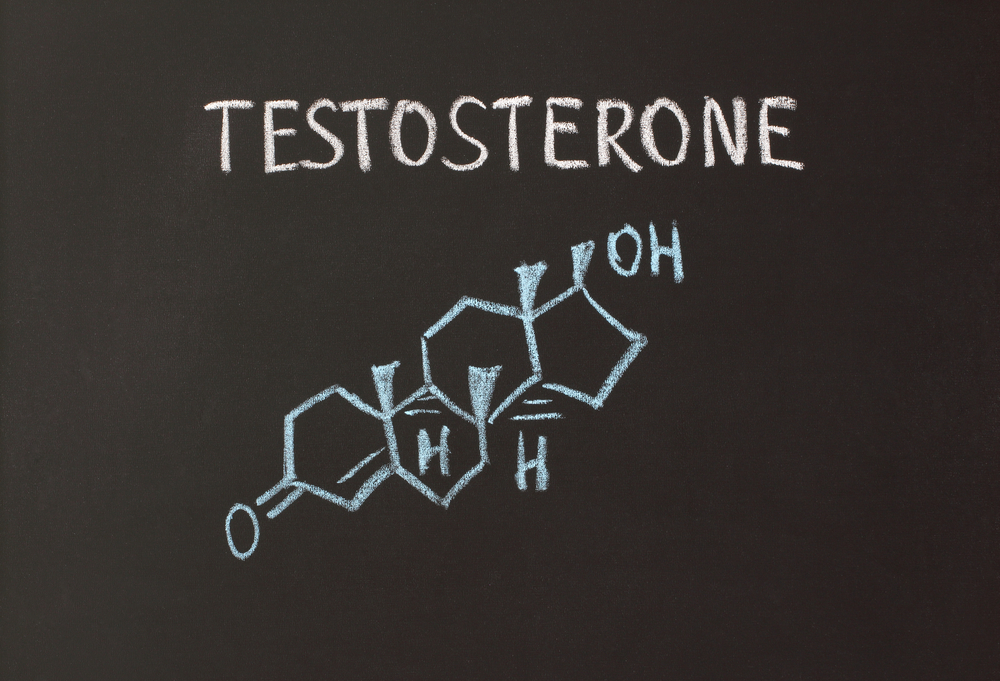
Testosterone deficiency syndrome — or Low T— is a medical condition caused by insufficient levels of the male hormone, testosterone. Symptoms of testosterone deficiency syndrome (TDS) include fatigue, sexual dysfunction, lack of motivation, dysphoria and difficulty building lean muscle mass. The diagnosis of TDS is made by documenting inadequate levels of the hormone in blood samples.
Once the diagnosis is made, men will be offered testosterone replacement therapy (TRT) in order to alleviate the symptoms of their hormone deficiency. The simple goal of TRT is to raise testosterone levels into the normal range.
But, what is the “ideal” testosterone level for a patient on TRT? Medical experts have not agreed on an answer to this question but I will provide you with my opinion, based on over ten years of experience treating men with TDS.
In order to answer this question logically, it makes sense to put testosterone levels into some recognizable context. Most medical experts would consider a testosterone level below 350-400 ng/dL as “deficient”. In the face of symptoms consistent with TDS, a testosterone level below 400 ng/dL would be reasonable grounds to begin a trial of TRT.
But, what is the “ideal” target testosterone level once therapy is begun? Are we simply trying to get above the 400 ng/dL “deficiency” threshold or do we set our sights on some “ideal” number?
The normal range for testosterone will vary between laboratories but is generally accepted to fall between 400-1,200 ng/dL. You do not need a medical degree to realize that we are dealing with a wide interval here. As a physician, do I shoot for 401 or 1,200 ng/dL when treating a man for low T syndrome? It depends of course.
The simple answer to this question is that we aim for a testosterone level that reverses the symptoms of testosterone deficiency. Target testosterone levels are simply a guide. What really matters is how the patient responds to therapy as an individual. Some men need more testosterone than others in order to feel well. While treatment should be individualized, certain patient factors may be useful to consider when determining a goal testosterone level.
How low was the patient to begin with? If I see a patient with a testosterone level of 125 ng/dL he may feel like a new man with a testosterone level of 450 ng/dL. If that’s the case, there is no reason to go any higher with his testosterone level. But, the patient who is diagnosed at 300 ng/dL may feel absolutely nothing if I raise his testosterone level to 450 ng/dL. Such a patient may need much higher testosterone levels before he experiences improvement. Confusing, right?
Over the years, I have created a few general rules that have served me well in clinical practice by simplifying target testosterone goals. These “target T” rules are not based on a scientific paper. They are simply based on ten years of experience treating thousands of men with TDS.
In my practice, I take the normal range for testosterone (400-1,200 ng/dL) and divide it in half. We now have the lower half of normal (400-800 ng/dL) and the upper half of normal (800-1,200 ng/dL). In my experience, men with a baseline testosterone level below 200 ng/dL do quite well if corrected into the lower half of normal (400-800 ng/dL) during TRT. Men with a baseline testosterone level between 200-400 ng/dL do better when corrected into the upper half of normal (800-1,200 ng/dL). Simple, right?
Again, this target testosterone rule is more of a guideline in my clinical practice. Some patients may deviate from this “target T” guideline during therapy. Higher testosterone levels may be desired by some men due to better symptom control but this comes at the potential cost of untoward side effects.
For example, a patient may notice more muscle strength and energy with a testosterone level of 1,100 ng/dL compared to a testosterone level of 600 ng/dL. But, this individual may experience fluid retention and acne at the higher testosterone level and no side effects if maintained lower.
Medical treatment always comes with benefits and risks. TRT is certainly no exception. Once an informed decision is made to treat a patient with TRT I set my sights on a target testosterone level. But, I always individualize treatment because no two patients are exactly alike. My goal is to always maximize benefits while minimizing potential risk for the individual but I use these guidelines as a starting place. Keep in mind that good medical practice is not an exact science, but rather an art based on scientific fact and clinical judgment.
